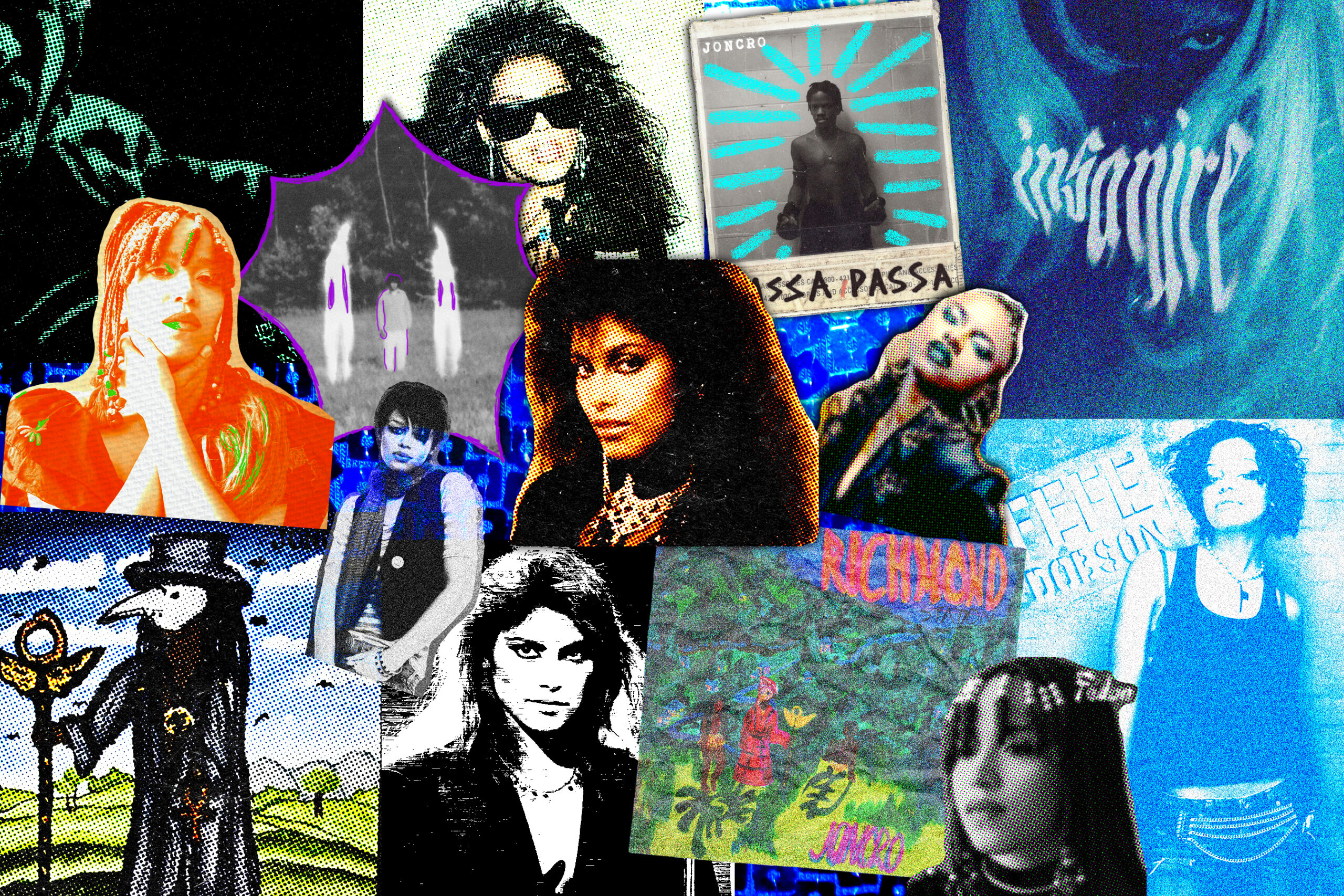What stories lie just behind the spray-painted brick or airbrushed stucco?
By: Olivia Wiens
Photos by: Haley Sengsavanh, Kinza Zafar, Olivia Wiens
While many people turn to galleries and museums to enjoy stunning art pieces, fantastic artwork can be found on many streets in Canada.
From small graffiti scratches in the back alleys of prairie towns to the towering murals overlooking the Toronto skyline, street art is a valuable part of Canadian culture. It reminds us that beauty and art can be created out of anything. And while the free viewing is a perk to public street art, it also showcases pieces of our history that might otherwise be forgotten.
Let’s travel across Canada and see the street art each place has to offer.

“The Matriarch” was created for the Vancouver Mural Festival in 2019 and was inspired by artist Siobhan Joseph’s late mother, who was the matriarch of the family. Her mother is dressed in red to honour Missing and Murdered Indigenous Women and Girls and is standing amid a lush natural landscape with the sea and mountains.
Displaying such a prominent issue on the side of a building creates an active reminder of the social injustice that Indigenous women face every day. It helps to form a deeper impact in the daily lives of those simply driving by the colourful mural.

Artists Ryan Smitham and Daniel Audet tag-teamed this mural to help broaden the live music scene in their small city. The woman depicted is Shaela Miller, a local singer who has played at The Slice many times since the painting was created. Street art like this mural helps depict pride and appreciation for locals who shape the city they are from.

Jez Brenwold’s floral work wraps around the entire building, but the bordered wheat field is the focal point of the piece and highlights the beauty of the Saskatchewan prairies.
Street art like this allows the artist to share their pride and passion for their culture with an entire city. As this mural lines a main road in Regina, countless people driving by get to appreciate Ukrainian culture in their own province.

“The Bathhouse Raids” was the largest of 11 murals created for the Church Street Mural Project, a project coordinated with WorldPride, which Toronto hosted in 2014.
The piece acts as a reminder of the struggles that queer people faced in the 1980s, as well as the struggles that they still face today. However, “The Bathhouse Raids” also symbolizes a significant turning point for Toronto’s 2SLGBTQIA+ community, as the raids that occurred in 1981 sparked many human rights and police brutality protests.

Elicser Elliott is one of Toronto’s most notable graffiti artists. Some of his most recent works have showcased his appreciation for COVID-19 frontline workers and his passion for the Black Lives Matter movement.

This original mural depicting the world of honeybees is a collaboration between a shopkeeper, Oliver Cuoto, and an artist, Slavka Kolesar. While illustrating motifs of Mother Earth and the life cycles of honeybees, Kolesar also reflects the ever-existing human-nature relationship. The large-scale street art acts as a constant reminder to passersby that the nature around them desires respect from humankind.
When people are exposed to significant, and often large, pieces of art in their daily lives, the meaning behind those pieces becomes more and more evident. Street art sparks conversations about the issues surrounding each work, whether that be current social justice issues or moments in history that have shaped the country. Ultimately, visible, accessible and meaningful art forms like these not only allow bystanders to appreciate them, but also reminds them that art is a means of fighting for what you believe in.
Street art can be found in every corner of Toronto, and ArtWorxTO has collected over 1,500 pieces of street art as part of “Toronto’s Year of Public Art 2021-22”. To start exploring the beautiful creations made by Canadian artists, check out their Artworks Map, which lays out murals, architecture, sculptures and so much more for the public to enjoy.




